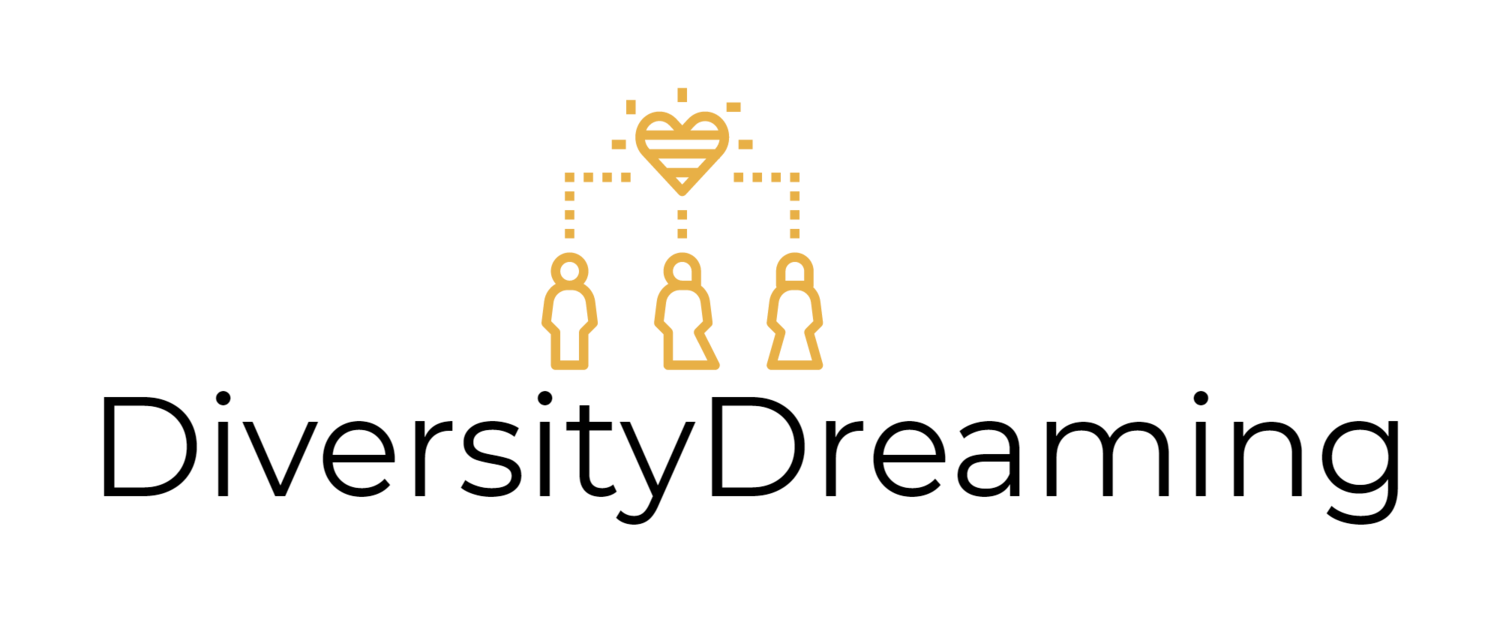The power of a TED Talk
Discussing topics such as racial equality, LGBT+ rights, accessibility requirements etc. can often be difficult for both employers and employees. In particular, a lack of knowledge can generate a fear of using inappropriate language and can block employees from seeking more information in order to learn more about other cultures and/or experiences.
These conversations need to be encouraged and facilitated to enable all employees to move from the “safe zone” (a place that is safe for them, but may marginalise others), to the “brave zone” (wherein employees are allowed to be vulnerable and safely make mistakes in their desire to learn), and finally to the “growth zone” (a space of continual learning, support and active advocacy).
However, sitting employees around a table and throwing out a question such as “What is your opinion on the #BlackLivesMatter protests?” or “What can we do to combat homophobia in the workplace?” will likely result in awkward silence with all parties concerned about saying the wrong thing.
A useful tool in combatting this fear and opening up a dialogue is to use a video thought piece such as a TED talk (or equivalent). This provides people with information on a particular topic, an insight into the relevant language and a story from another person’s point of view creating an open set of perspectives.
A video viewing over a grab and go lunch or during a coffee break is a great way to encourage employees away from their desks and to engage them on the subject of Diversity and Inclusion (especially if you provide cake!). Likewise, it also converts well for virtual events. TED Talks work well as they typically include captions and a transcript too.
Follow up questions for the group can then help to re-iterate the key ideas behind the talks.
Below are three examples of interesting TED talks with follow up questions that could be directed to any group.
Opening up a conversation about race
Melody Hobson | TED2014 - Colour blind or colour brave?
“So right now, what I'm asking you to do, I'm asking you to show courage. I'm asking you to be bold. As business leaders, I'm asking you not to leave anything on the table. As citizens, I'm asking you not to leave any child behind. I'm asking you not to be colour blind, but to be colour brave, so that every child knows that their future matters and their dreams are possible.”
Follow up questions:
How did it make you feel to hear about Melody and the US senate candidate being mistaken for catering staff due to the colour of their skin?
Do you think you would notice, or even better act, if there was a lack of diversity in your team or in a board meeting?
Have you ever considered the difference between colour blind or colour brave?
What more do you think you could do to support people of colour in the workplace?
Starting a conversation about straight privilege
Panti Bliss | TEDxDublin - The necessity of normalising queer love
The public displays of affection that straight couples take for granted every day can be outright dangerous for queer couples to practice -- what do you do when simply holding hands with a loved one can be considered a political act? Irish activist Panti Bliss shares what it's like to navigate such a world and highlights the importance of normalizing queer love in public spaces.
Follow up questions:
How did it make you feel to hear the speaker discuss the risk of even holding hands in public as part of a same sex relationship?
Do you think private “behind closed door” homophobia has the same effect as public homophobia?
What are some personal actions you could take to support the LGBT+ community?
Discussing accessibility in the workplace
Rebecca Knill | TED@WellsFargo - How technology has changed what it is like to be deaf
“Technology has come so far so fast. The biggest obstacle I face as a deaf person is no longer a physical barrier. It's the way that people respond to my deafness, the outdated way people respond to my deafness -- pity, patronization, even anger -- because that just cancels out the human connection that technology achieves.”
Follow on questions:
Did anything in the talk surprise you in regards to how you might perceive the life of somebody that is deaf?
How did the roommate with the temper tantrum directed towards the speaker make you feel?
What could be changed to make your workplace more accessible?
Give them a try and let us know how you get on by commenting below! You can also subscribe to the Diversity Dreaming newsletter for regular TED Talk ideas and other D&I related content. Click here to subscribe today!

